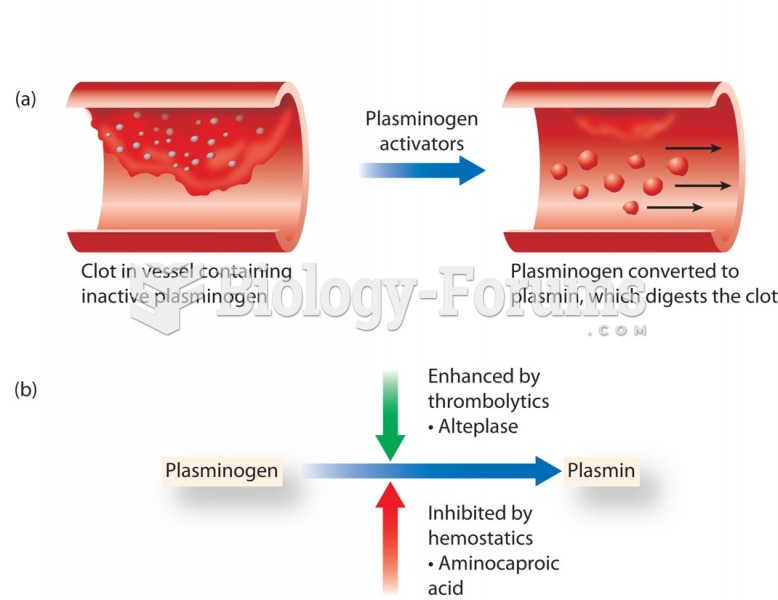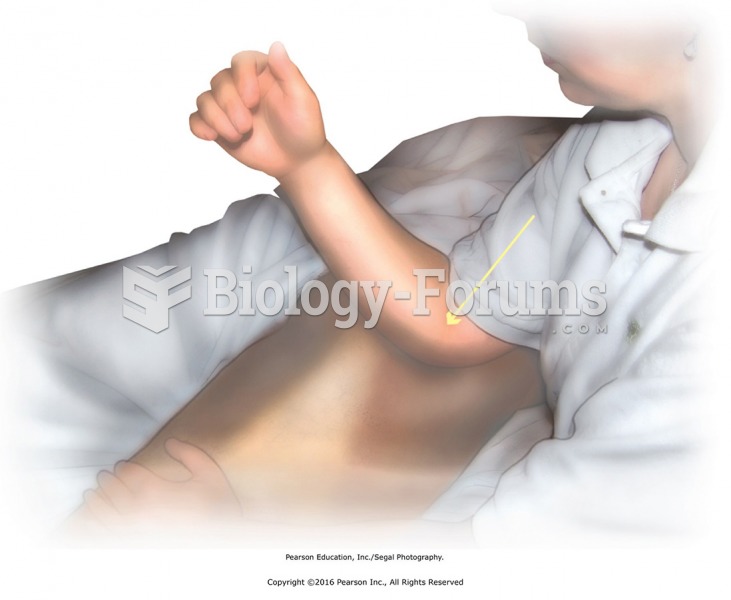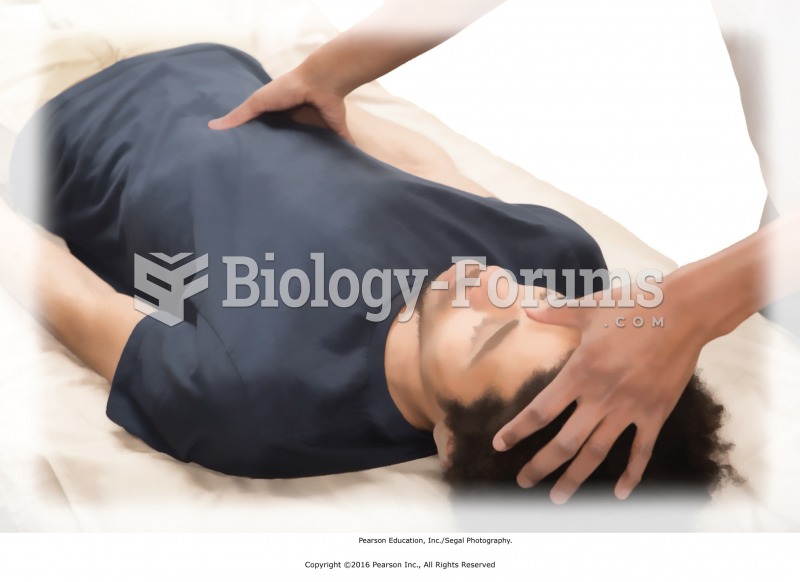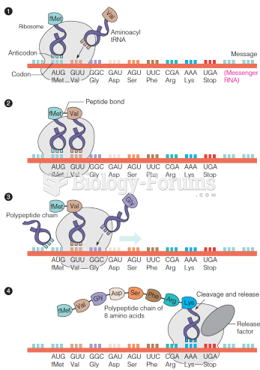|
|
|
Did you know?
According to animal studies, the typical American diet is damaging to the liver and may result in allergies, low energy, digestive problems, and a lack of ability to detoxify harmful substances.
Did you know?
In 1864, the first barbiturate (barbituric acid) was synthesized.
Did you know?
All adults should have their cholesterol levels checked once every 5 years. During 2009–2010, 69.4% of Americans age 20 and older reported having their cholesterol checked within the last five years.
Did you know?
By definition, when a medication is administered intravenously, its bioavailability is 100%.
Did you know?
About 100 new prescription or over-the-counter drugs come into the U.S. market every year.







